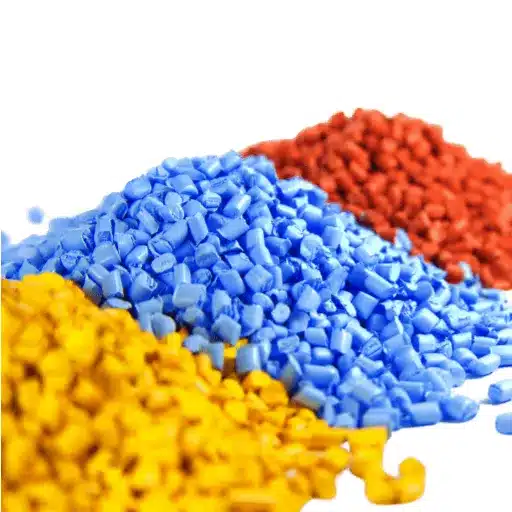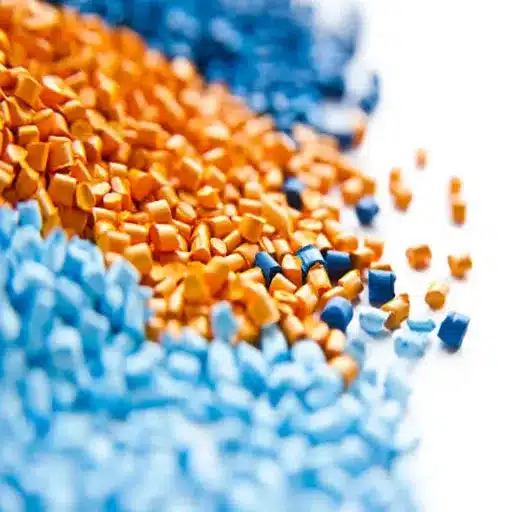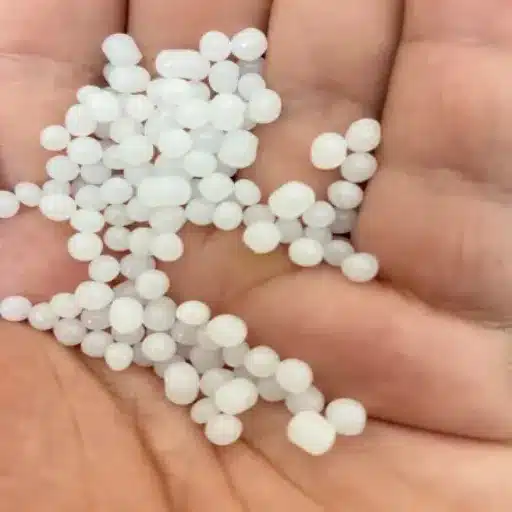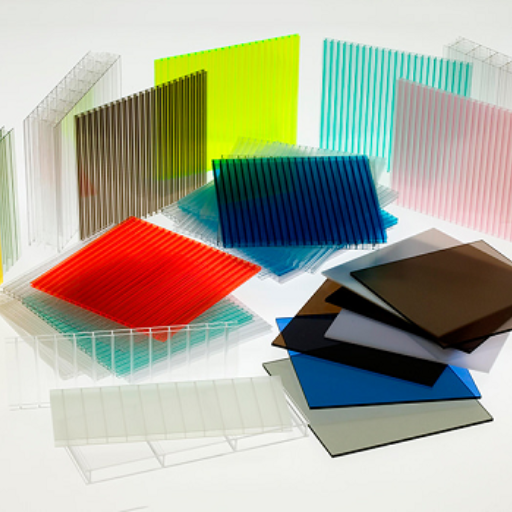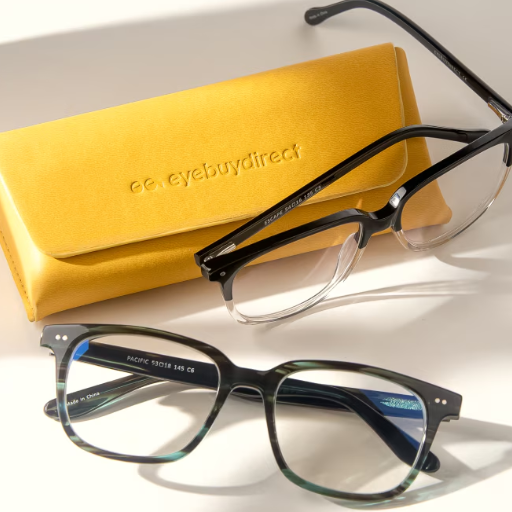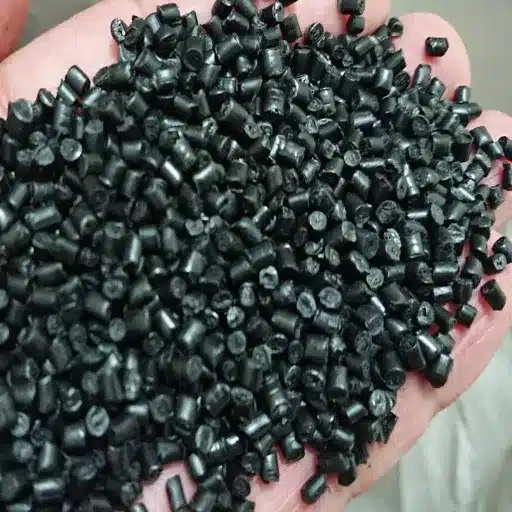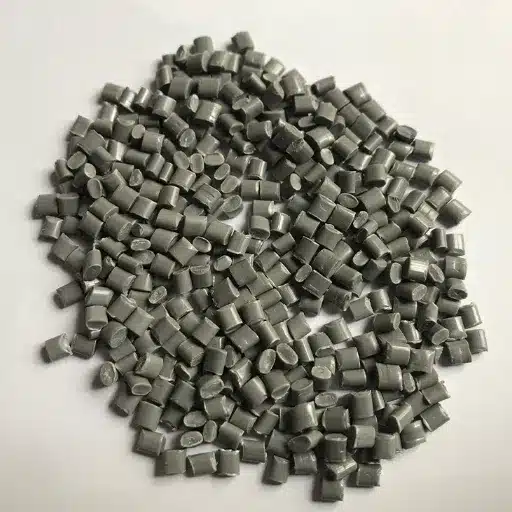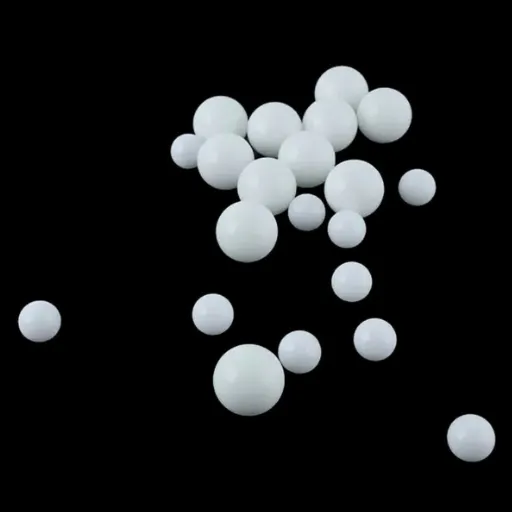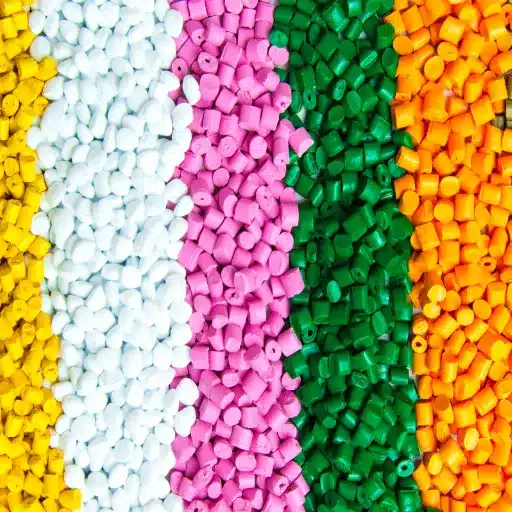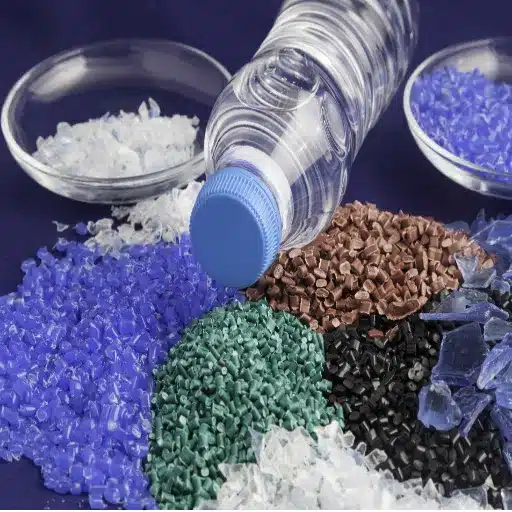Thermoplastics such as polycarbonate and ABS plastic are particularly popular in engineering, design, and manufacturing processes. Their structures are to a large extent different, and as such, they are used widely in various activity sectors from automobiles, electronics, and construction to consumer products. The question, however, becomes how do these two materials rank against each other in terms of benefits and applications? This write-up will focus on the features, uses, and differences of these two most common thermoplastics – polycarbonate and ABS plastics – that will assist you in making adequate plans for your subsequent project. Even if you are doing a material study for a given product design, or it is just basic knowledge concerning these materials, this literature will be handy for you.
Introduction to Polycarbonate and ABS
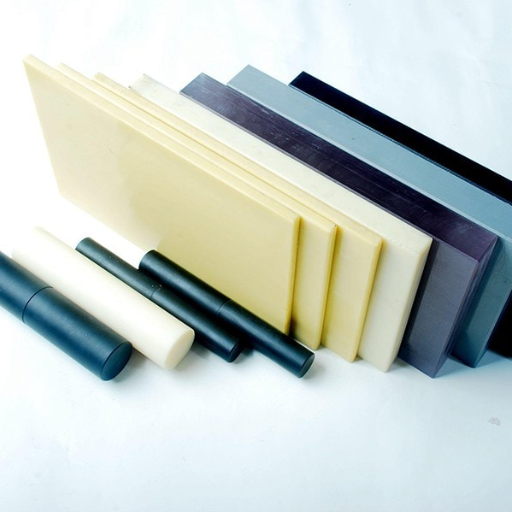
Also, another Polycarbonates (also) PC and (or) Acrylonitrile Butadiene Styrene (ABS) are without any doubt two of the most utilized plastics with respect to specific properties and practical uses. Polycarbonate, on its part, is characterized by excellent impact resistance, very good transparency, and durability, which makes it appropriate for applications such as bulletproof glass, lenses, among others, in optical and electronics. However, plastic type ABS is widely used in the manufacturing industry where its balance between strength, flexibility, and manufacturability is always in demand, for example, in the generation of common goods, car parts, and 3D printers.
So, although using polycarbonate is preferable in high-performance equipment with strength and optical transparency, ABS is generally preferred when considering other aspects of price and smoothness of adjustment. It is frequently required to choose either one or the other of these two, based on the project’s requirements, including durability, looks, or cost. There are numerous uses for both materials, but knowing what the attribute of each one is will assist when making the right decision.
What is Polycarbonate?
People use it like a plastic material for a wide range of applications due to its strength and transparency, which it offers. The structure of polycarbonate is such that it can be subjected to much mechanical stress, even when the strains are very high, without any of the items breaking or cracking, for that matter. This form of plastic can withstand temperatures as low as -40°F (-40°C) to 250°F (121°C) without any deformation. More so, the light transmission rate is over 90% which is almost equal to that of glass; thus, it is very often used as a substitute material for glazing, lenses, and shields.
Not only that, but polycarbonate also has very good flame retardant characteristics and can be machined or otherwise processed very easily, e.g., moulded, injection, or extruded. It has now also emerged in a material science-based form, whereby UV-stable formulations are manufactured and hence can be used outdoors in sunlight without problems associated with discoloration of the plastic. Therefore, these properties make polycarbonate indispensable in those projects which demand a compromise between elasticity, toughness, and craft.
What is ABS Plastic?
Polymer, also known as ABS, is a thermoplastic polymer that is produced by melting acrylonitrile, butadiene, and styrene, and this kind of polymer enjoys an optimal combination of various properties such as strength, toughness, and chemical resistance. Acrylonitrile acts as a backbone to the polymer, providing hardness and degradation resistance to chemical and thermal treatment, whereas butadiene imparts strength and elasticity. At the same time, styrene helps in bringing in the processing characteristics and a smooth and shiny surface finish.
Applications Across Various Industries
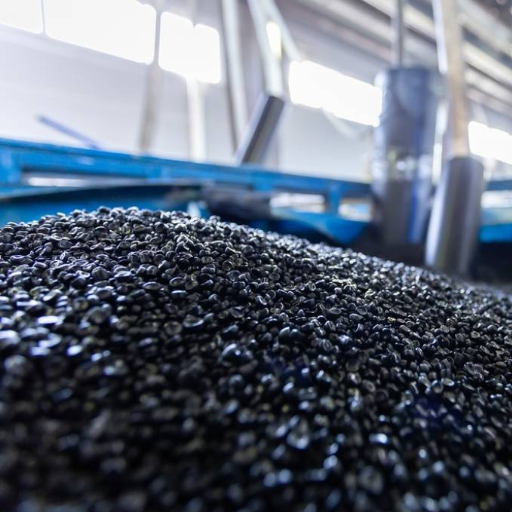
- Automotive Industry
With the seamless orientation of the dashboards, facia, and door panels, as well as internal trim elements, ABS is widely used in the automobile industry. Its transportable quality still strengthens the fuel efficiency of the vehicle and, in addition, improves the interior design. According to industry researchers, almost 10% of all plastics consumed in the world’s automotive industry is Acrylonitrile butadiene styrene, confirming its importance in automotive production.
- Consumer Electronics
In this case, the global electronics industry will demand presentable benefits from ABS since it has good electrical insulation properties and high impact resistance. More often than not, products such as TV enclosures, computer keyboards, and even game sets contain ABS parts. ABS becomes the favorite material of the high-volume producers for forming complex shapes since it has low cost. It is estimated that 15% to 20% of the electronic housing constitutes some form of ABS.
- Construction and Piping
In the world of construction, ABS plastic is an indispensable material for the water industry, where it is mostly used for plumbing and drainage systems. ABS pipes can withstand high pressure, are not prone to corrosion, and are suitable for hot or cold water distribution. This makes the gravity effect of the material more pronounced and easier to bear, which consequently makes the material more popular in commercial and residential constructions.
- Toys and Recreational Products
There are a number of qualities to which the plastic industry looks in the plastic raw materials, among them strength, lack of toxicity, as well as the ability to maintain sharp and vibrant colors; all these are reasons why ABS plastics are the first line of choice for making toys. The most notable usage of ABS plastic, as far as toys are concerned, is the ABS plastic LEGO blocks. These toys remain of a regulated size and can be used for a long time. Approximately 100 million LEGO pieces are manufactured each day, which is a significant testament to the unquestionable importance of ABS in this space.
- Household Appliances and Goods
ABS is most commonly opted for household devices like vacuum cleaners, mixers, etc. due to the reason that it can prevent cracking and wear and tear even in the worst conditions. This aesthetically pleasing resin does not compromise on sheen and is resistant to dirt which is why it is extensively used in the manufacture of domestic items.
- Medical Devices
Some of the medical-grade Acrylonitrile Butadiene Styrene plastics are also employed in adjuvant equipment such as inhalers or drug delivery systems and protective cases. ABS compounds are designed to pass strict composites regulations in health care segments – dosage devices because of toxicological behavior, incompatibility issues, and resistance against bacteria and other microorganisms.
- 3D Printing
ABS has earned itself a reputation, especially in 3D printing, in the field of additive manufacturing. This is so because it does offer precision in designs, resilience to wear and tear, as well as the ability to withstand very high temperatures, rendering it a favorable material in the making of prototypes and even the final products. Some over 36% of the polymer-based 3D printed products employ this ABS filament, and many products sway their allegiance in this aspect, which points to it being the most consumed in the industry.
Polycarbonate Uses in Medical Devices
Polycarbonate (PC) is a thermoplastic type of compound which is tough in nature and is extensively used in many innovative medical devices. The outstanding mechanical properties—such as impact strength, transparency, and ability to be sterilized— make this material highly essential in producing medical devices such as IV connection devices, respiratory masks, and inline blood filters, among others. Polycarbonates have found extensive application even in the manufacture of operating and drug dosing instruments for hospitals and other healthcare settings since they are easier to handle and endure extreme sterilizing conditions provided in the autoclaves. Besides, its biocompatibility has been tested extensively to ensure that it conforms to the strictest guidelines for direct administration to the patient population. The reports demonstrate that there will be a steady increase in demand for Polycarbonate in healthcare since medical technology is expected to grow. This growth has brought out the importance of Polycarbonate synthesis in the development of modern medical equipment.
ABS Applications in Automotive Manufacturing
- Interior Trim Components
ABS is usually used in dashboard panels, door panels, and interior components (e.g. armrests) because it is easily moulded, has a high degree of chemical resistance, and has ‘first class’ finish properties.
- Exterior Parts
ABS is likewise used in the fabrication of bodywork components such as exterior mirrors, grilles and B-pillar covers. ABS withstands various level of exposure to different weather conditions before losing quality.
- Bumper Systems
There is no doubt that ABS is an inherent requirement in the fabrication of applications involving bumper systems where excellent properties under loads are much in demand. The ability to absorb forces generated in accidents improves the safety of the entire vehicle.
- Lighting Systems
ABS is a material of choice for test headlamp systems have the highest Pracma rating for light transmittance because it has great stability towards heat and UV light aging in which the light performance is not affected with time.
- Seat Components
The formation of seat and carriage structures should be ABS cause it offers hardness and the capability of maintaining shape. Dislocation since the seat is the space where the passenger sits with concern about being protected.
- Air Vent Components
Consumer Goods and Luggage
ABS, otherwise known as Acrylonitrile Butadiene Styrene, is an industrial partner in a plethora of consumer products thanks to its commendable mechanical functionalities, such as its strength against external forces, flexibility, and high melting properties. And as such, its applications cut across household items such as vacuum cleaners or food processors to even portable electronics such as laptop cases or mobile phone covers. All these are appreciative of the capability of abs in enduring everyday activities without any damage weakening its structure.
In the case of luggage, ABS is one of the most preferred elements for making suitcases with hard cladding for lightness and durability to the maximum. This naturally shock-absorbent polymer guarantees extra cushioning for the contents, especially during transit, whereas its mouldability can be exploited for beautiful and appealingly textured designs. With the latest combinations involving ABS, its applicability in products is more efficient and less restricted. Manufacturers are able to enhance customer satisfaction by manufacturing durable and attractive consumer goods and luggage.
What are the Key Differences between ABS and Polycarbonate?
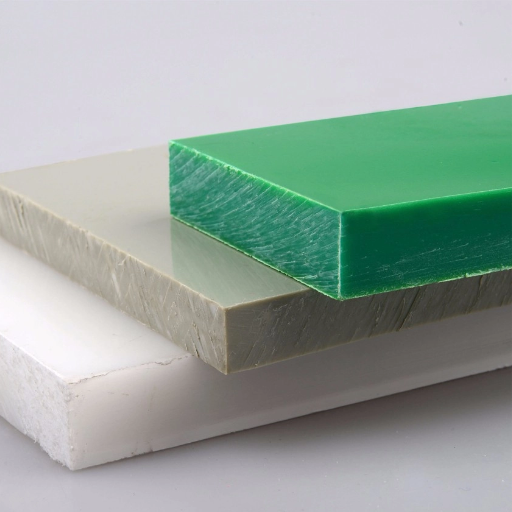
- Strength and Impact Resistance: Polycarbonate outmuscles ABS in sheer strength and blows it away on impact resistance, facts that turn up in lab tests and street-level reports alike. Safety visors, riot shields, and some helmets ride on that extra toughness; plain ABS would probably crack or splinter under the same abuses.
- Heat Resistance: Crank up the heat and polycarbonate holds its shape longer than most engineers want to admit, yet ABS begins to sag and show its age after just a couple of hundred degrees. The difference sheds light on why firehouses and boiler rooms still ask for the former.
- Flexibility and Rigidity: Curvers rejoice, polycarbonates’ willingness to bend and flex opens doors that rigid ABS simply cannot touch. Machinability swings in the other direction, though, so precision cutters still sing ABS’s praises whenever tight tolerances are on the table.
- Optical Clarity: Glimpse through a polycarbonate sheet,t and the world looks nearly unchanged; that optical clarity makes the plastic a natural for eyewear lenses and security cameras. ABS, in sharp contrast, steals the show whenever opacity and bulk are the only demands.
- Cost: Price tags flip the story yet again; ABS costs a fraction of what polycarbonate commands, a fact no product manager ever forgets on a tight budget. Balance sheets then dictate choice- lean toward ABS for consumer gadgets, reach for polycarbonate when lives, heat, or optics are truly at stake.
These differences make ABS ideal for applications prioritizing affordability and workability, while polycarbonate is preferred for high-performance, impact-resistant, and heat-resistant applications.
Compare the Differences between ABS and Polycarbonate
|
Key Parameter |
ABS |
Polycarbonate |
|---|---|---|
|
Material Type |
Thermoplastic |
Thermoplastic |
|
Strength |
Moderate tensile strength |
High tensile strength |
|
Impact Resistance |
Good, but less than polycarbonate |
Excellent, highly durable |
|
Transparency |
Opaque or translucent |
Transparent or translucent |
|
Heat Resistance |
Moderate, up to 80°C |
High, up to 135°C |
|
UV Resistance |
Poor, requires coating |
High, built-in UV resistance |
|
Weight |
Lighter compared to polycarbonate |
Heavier |
|
Flexibility |
Rigid |
Flexible |
|
Chemical Resistance |
Resistant to certain acids, alkalis, oils |
Resistant to a wide range of chemicals |
|
Scratch Resistance |
Good |
Moderate, scratch-resistant coating needed |
|
Cost |
Lower than polycarbonate |
Relatively higher |
|
Machinability |
Easy to machine |
Easy to machine, but stronger tools needed |
|
Electrical Insulation |
Good |
Excellent |
|
Recycling Potential |
Recyclable |
Recyclable |
|
Applications |
Consumer goods, automotive parts, electronics |
Medical devices, safety equipment, lenses |
What are the Dimensional Stability characteristics of both materials?
When researchers test ABS for dimensional stability, the material usually behaves well under everyday circumstances. Significantly higher temperatures, however, can trigger minor warping or shrinkage. Because ABS has a relatively high thermal expansion coefficient, engineers working in heat-prone settings often budget extra clearance to accommodate that movement.
Polycarbonate tells a different story. Its lower thermal expansion coefficient combines with better heat resistance, allowing the polymer to hold its shape even when the thermometer bounces up and down. The innate rigidity of polycarbonate also defends against mechanical stress, which is why labs often reach for it in optical assemblies and safety gear that demand tight tolerances.
Pros and Cons of Polycarbonate and ABS
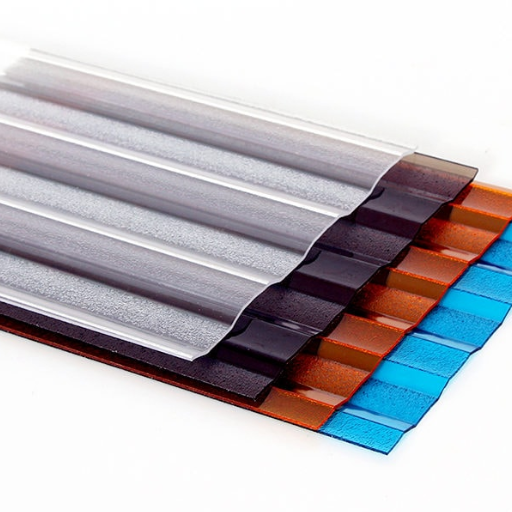
ABS and polycarbonate are visualized to be the most popular materials when clothing, consumer goods, and evasive materials are faced with the options of the best material. Both plastic polymers have their own distinctions that are functional in their uses, which play a role in their infinite production. However, when choosing a material for any particular application, one would require mechanisms for differentiating the properties, advantages, and disadvantages of those two polymers; hence, a proper background is needed in the applications of those materials. The next part of this chapter investigates several advantages and disadvantages of polycarbonate and ABS in order to assist readers in determining most preferred material because of their specific requirements engineering and the elim Preface Historical Introduction Except for in some of the many shared ideas of the utopians in the Owensian and Moresian periods and a significant degree of public a welcome increases essay on propaganda 1947 in the degree of acceptance.
Pros and Cons of Polycarbonate:
Pros
- High Impact Resistance: One of the most durable polymers is Polycarbonate. It can bear heavy forces without breaking or shattering.
- Lightweight: Despite its strength, the materials light weight allows it to be used in products that are easy to carry like travel bags.
- UV Resistance: This material is said to have an excellent resistance to ultraviolet light which makes it capable to be used outside.
- Transparency: It is a highly transparent material enabling the design of clear and fashionable items.
Cons
- Higher Cost: It usually costs more on the market than other polymers, including Acrylonitrile Butadiene Styrene.
- Scratch Prone: With its toughness, it is easily scratched when falls off without coating the surface of the polycarbonate parts.
- Less Moldability: ABS is stiffer relative to ABS, thus reducing the potential to undertake different designs of components. Advantages and disadvantages of using ABS
Pros and Cons of ABS:
Pros
- Cost-Effective: It is often more affordable than polycarbonate, thus is a favorite of many seeking economic alternatives.
- High Moldability: High moldability refers to the ability of certain materials, such as Acrylonitrile Butadiene Styrene, to be crystallized into the shapes different from simple ones without losing its strength.
- Impact Resistance: This property allows the material to stand up to constant use standards and moderate stress.
- Textured Finishes: Paintings or coatings that make the surfaces more decorative and resistant to scratches.
Cons
- Lower Heat Resistance: Although ABS has the advantage of being more resistant to impact than polycarbonate, this is not the case for elevated temperatures.
- Brittleness Under Extreme Impact: In very high stress or cold temperatures, it would be more prone to break.
- UV Vulnerability: Over time, the material will be affected by ultraviolet radiation leading to changes in the material.
Advantages of Polycarbonate
- High Impact Resistance: As proved by its ability to withstand impacts without fracturing, polycarbonate withstood the quality testing to an impact strength up to 250% while glass was comprehensively broken which means it will be an ideal material for any toughnes requiring applications.
- Excellent Transparency: It has got about 88% to 90% light value, and polycarbonate can approximately be as clear as the glass so good for using in places like safety barriers, vehicle lighting, or glasses.
- Lightweight: Polycarbonate, unrivaled strength notwithstanding, is about two times lighter than glass. This cuts weights burdening the structural carriers and saves money on glass roofings and glazing when executing such jobs.
- Thermal Resistance: Polycarbonate has extraordinary temperature resistance, with effective heat resistance up to 135°C before the product melts, is so practical for such as Hot climates and industrial where high temperatures are.
- Versatility in Processing: Polycarbonate is easily injerted by other means such as molding, thrust forming and lamination, which also offers good options for creating custom products which can be made of materials from electronics manufacturers to medical industry consumers.
- Flame Retardancy: A majority of the polycarbonate resins are self extinguished in nature, thereby meeting such safety levels as UL 94 V-0 for many electrical and construction materials.
Drawbacks of ABS Plastic
- Lower UV Resistance: With its poor characteristic, ABS is tend to decompose under continuous exposure to UV light leading to color changes and weakening of mechanical properties. For this reason, it is not recommended for outdoor applications unless the material is enhanced with UV stabilizers.
- Limited Temperature Resistance: The heat deflection temperature (HDT) of the range of this material typically found in the application is 80~105℃ (approximately 176°F to 221°F). In cases where high resistance to heat is required it may, however replaced with other materials.
- Susceptibility to Chemical Attack: ABS is especially sensitive to certain chemicals including acetone, ethylene dichloride, strong acids etc as a result degradation occurs during chemical contact. This restricts the use of ABS in conditions where the area is constantly polluted with chemicals.
- Combustibility: As far as the standard grades of ABS are concerned there is no inbuilt feature to retard self-extinguish without the addition of stabilizers or flame retardant additives which will serve to enhance the costs and the complexity of the compound.
- Environmental Concerns: One of the primary disadvantages of ABS is that it is oil based and is not easily biodegrade meaning that there is a problem in its management because it cannot be easily recycled. Other negative aspects of this material include the use of styrene which is practically not handed by environmental agencies.
- Mechanical Weakness at Low Temperatures: When this APS material is frozen or subjected to subzero temperature, its toughness and impact strength drop which in turn makes it less efficient for use in cold weather.
Environmental Impact and Sustainability
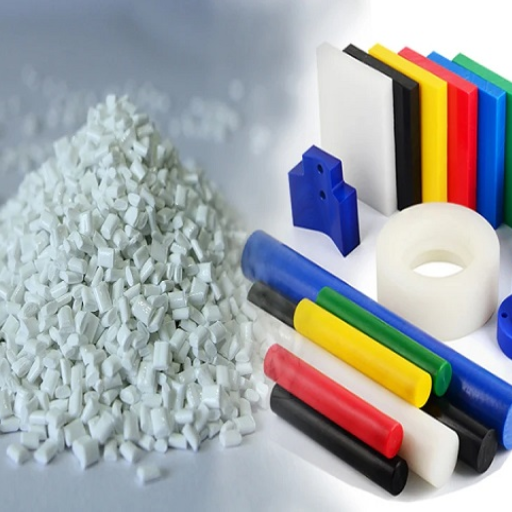
The environmental challenges are posed by ABS (Acrylonitrile Butadiene Styrene) because it is non-biodegradable and reliant on petroleum-based raw materials. The process of manufacturing ABS produces greenhouse gases and pollutants such as styrene, which pollute and pose health risks to the air and the general environment. Besides, the lifecycle issue is a big concern, since the ABS is hardly readily recyclable within the routine municipal recycling systems.
Ensuring sustainability of ABS proceeds through the development of recycling technologies and search for more biologically acceptable raw materials. The improvement of closed-loop recycling and moving away from new plastic use would happen to a very large extent decrease the environmental impact of ABS. However, these remedies still require a lot of push from businesses as well as some new technology perception to fully work.
Recyclability of Polycarbonate and ABS
Thermoplastic polycarbonate (PC) and acrylonitrile-butadiene-styrene (ABS) blends are becoming popular in many applications since they are characterized by high mechanical strength and fracture toughness as well as processability. However, their manageability in extension of their service life cycle presents some challenges necessitating stepwise process development. These thermoplastic blends are usually not good candidates for simple reprocessing methods since they undergo phase separation and latent performance degradation.
New chemical recycling techniques can offer the next breakthroughs, providing solutions to address the loss of PC/ABS in the form of their monomers or other such functionalities. This is one of the examples where the utilization of a solvent to extract the PC and the ABS one by one and then reuse them as separate materials for promoting the polymer industry. Furthermore, the research in computational modeling and material sciences also aims to modify these polymers to improve the recyclability of materials. In fact, activities aimed at increasing PC/ABS recycling in the industry, so-called mid scandale recycles, see very important decreases in the production of the distproductions, this is in accordance with the objectives of sustainable development across the globe. However, these techniques require a lot to convince people since some depend on improving the current infrastructure’s economic conditions.
Impact on the Environment
Reference Sources
-
Polycarbonate/ABS Blends: A Literature Review: This review provides a comprehensive background on PC/ABS alloys, focusing on phase compatibility and mechanical properties. It highlights the importance of understanding the interaction between PC and ABS for optimizing their applications.
-
Polycarbonate/ABS Blends: Processability and Mechanical Behavior: This study explores the processability and mechanical properties of PC/ABS blends. It finds that adding ABS improves PC’s processability but reduces ductility.
-
Plastic Aggregate Mortars with ABS and PC Waste: This research investigates the use of ABS and PC waste in cement mortars. It shows that even at 20% plastic content, the compressive and flexural strengths exceed standard requirements.
Frequently Asked Questions (FAQs)
Q: What are the main differences between ABS vs polycarbonate?
A: The main differences between ABS and polycarbonate include their impact strength, heat resistance, and cost. ABS is generally more affordable and has moderate impact resistance, while polycarbonate boasts high impact strength and higher heat resistance, making it suitable for more demanding applications.
Q: Is polycarbonate more expensive than ABS?
A: Yes, polycarbonate is generally more expensive than ABS due to its superior properties, including higher impact resistance and temperature resistance. This higher cost is often justified in applications where durability is crucial.
Q: Can you compare ABS and polycarbonate in terms of tensile strength?
A: When comparing ABS and polycarbonate, polycarbonate has a higher tensile strength. This makes polycarbonate a better choice for applications that require resistance to deformation under stress.
Q: What applications commonly use ABS vs polycarbonate?
A: ABS is widely used in manufacturing consumer products like luggage and toys, while polycarbonate is found in applications requiring high impact and temperature resistance, such as safety glasses and electronic housings.
Q: How do the manufacturing processes differ for ABS and polycarbonate?
A: The manufacturing processes for ABS and polycarbonate can differ significantly. ABS is produced through the polymerization of acrylonitrile, butadiene, and styrene, while polycarbonate is manufactured through a condensation reaction of bisphenol A and phosgene. These processes contribute to their differing material properties.
Q: What is the impact strength of polycarbonate compared to ABS?
A: Polycarbonate has a much higher impact strength compared to ABS, making it better suited for applications where high impact resistance is essential. This property allows polycarbonate to withstand more severe conditions without cracking or breaking.
Q: Why is polycarbonate considered a popular choice over ABS in certain applications?
A: Polycarbonate is often considered a popular choice over ABS in applications that require high impact strength and heat resistance. Its durability and toughness make it suitable for use in environments where materials face significant stress and potential damage.
Q: Are there specific characteristics that make ABS better for some uses than polycarbonate?
A: ABS is generally more affordable and easier to process than polycarbonate, making it a better choice for applications where cost is a significant factor and extreme durability is not as critical. It is also easier to paint and finish, which is beneficial in consumer products.
Q: How do temperature resistance properties compare between ABS and polycarbonate?
A: Polycarbonate has higher temperature resistance compared to ABS, allowing it to maintain its structural integrity at elevated temperatures. This makes polycarbonate suitable for applications exposed to heat, while ABS may deform under similar conditions.






